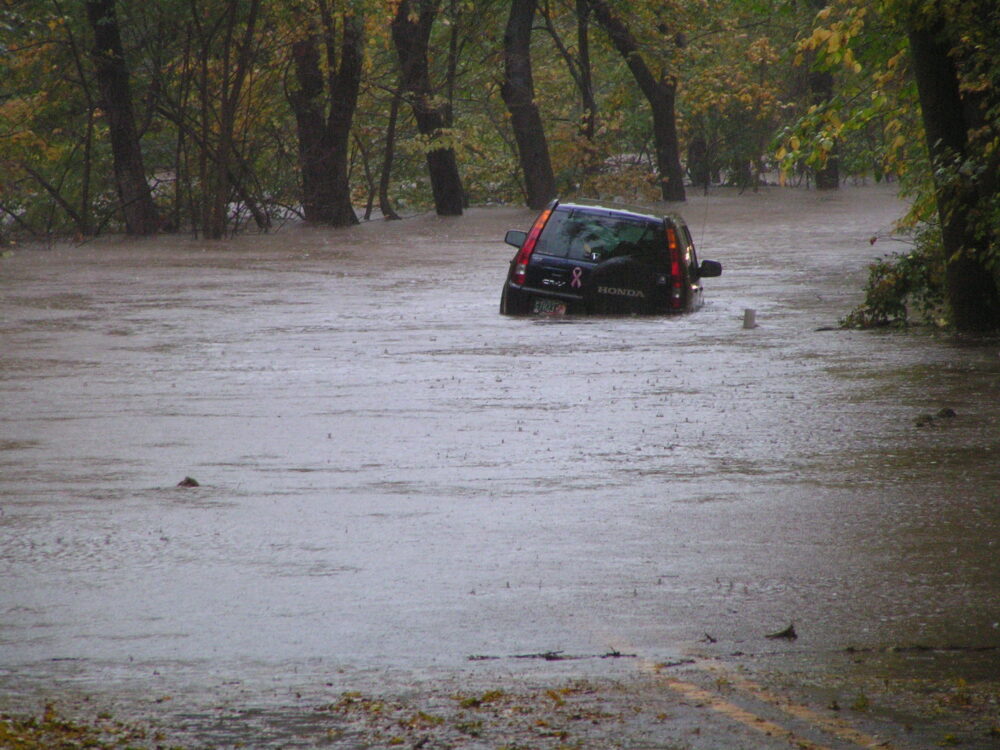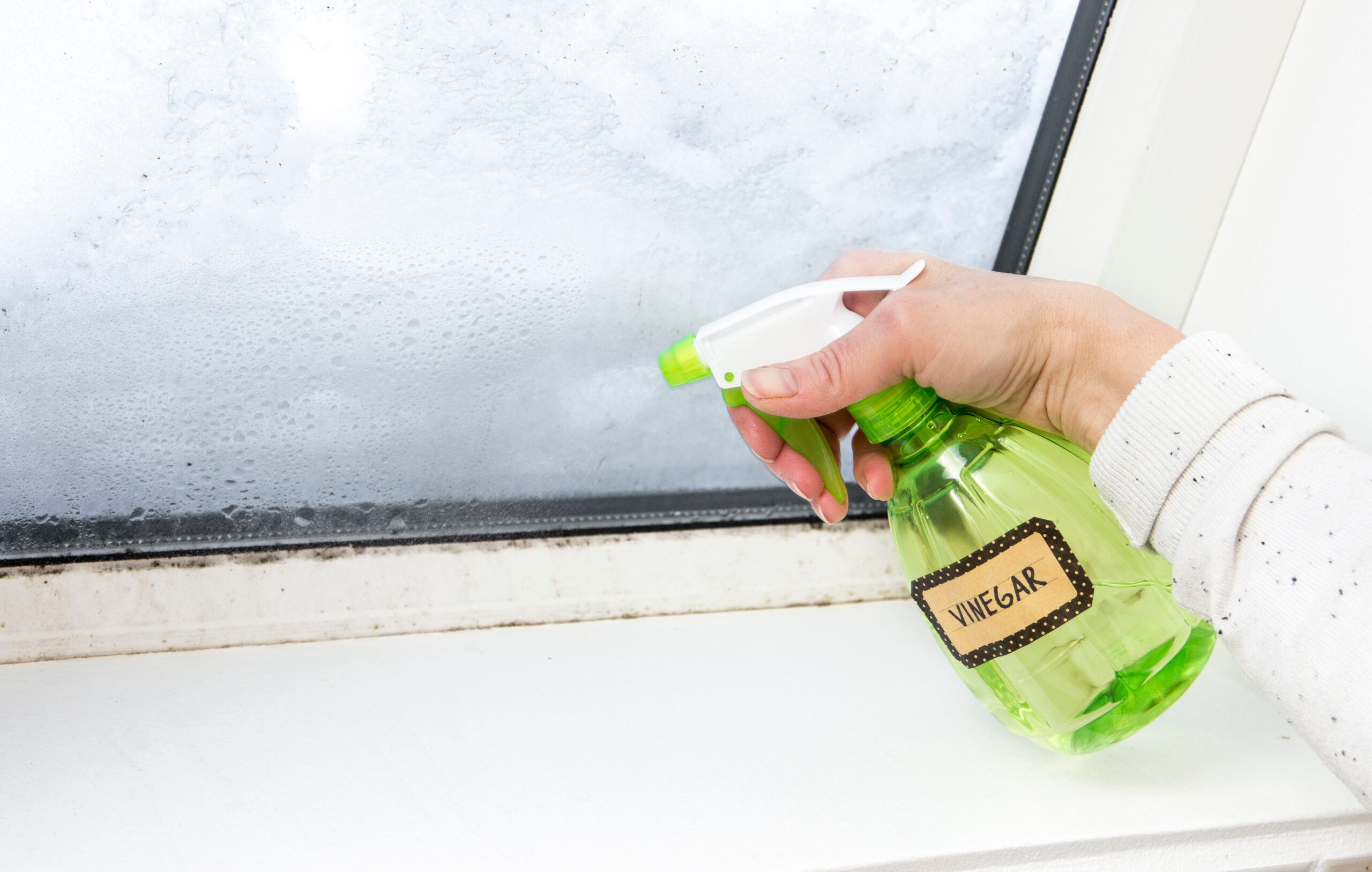What To Do About A Flash FLood Warning While Camping
Most camping trips are completely safe, but you always need to be prepared for the possibility of disaster. Natural forces such as wind, rain, snow, and lightning can pose a serious threat to your safety, and sometimes these conditions can appear without much warning. Flooding is a common and dangerous situation to deal with, so every RVer should know how to stay safe during a flash flood warning.
There are different levels of flooding severity, and they are ranked in the following order: flash flood watch, flash flood warning, and flash flood emergency. Even if there’s just a watch, you still need to be careful and start making plans to evacuate if necessary.
Below are some safety tips that will help you stay safe and keep the damage to a minimum. Fast-moving water can be extremely dangerous, and flash floods account for several deaths each year. If you’re properly prepared and take the necessary precautions, you should be able to weather the storm and emerge safely on the other side.

Look up the forecast ahead of time
Before you head out on your trip, make sure you look up the weather forecast so you have a general idea of what to expect. Flash floods are often sudden, but you’ll have some advance warning if you know that there’s going to be some rain in the future. If heavy rainfall is expected, consider delaying your trip for a few days.
You also might want to look up the weather for the surrounding areas as well. If you’ll be camping in some low areas, water can flow from other locations. So, even if the sky is clear around your campsite, a nearby storm can still cause problems.
Carefully choose your campground/campsite
If you feel comfortable enough to camp, next you’ll need to choose a suitable place to stay. Scope out your chosen campground/RV park and keep an eye out for potential problem areas. Avoid campsites that are in narrow spaces, and stay away from canyons and high walls.
Water features can also pose a risk. If there’s a lake or river, choose campsites that are away from the waterfront. These can quickly overflow and spread to nearby areas once heavy rainfall hits the area. Even though it may be picturesque, it’s usually safer to keep your distance from water.
Camping on a hill or raised site can also help keep you safe. Water flows downhill so you can avoid the worst parts of flash flooding if you position yourself above it all.
Travel with a weather radio
Weather can change unexpectedly, so you need to keep your ears open for a flash flood warning. Apps and phone alerts can sometimes let you know if you’re in a dangerous area, but these aren’t always reliable. If you don’t have Wi-Fi or cell phone reception, you cannot rely on these alert systems.
This is why you should always travel with a weather radio and tune in frequently. These will deliver important updates and can alert you to potential flooding hazards. As mentioned above, there are three levels of flood warnings you might receive.
The first one is a flash flood watch. This indicates that the conditions are right for a flash flood, but nothing has happened yet. If you are alerted to a watch, be prepared to pack up your RV and leave.
The next level up is a flash flood warning. This means that a flash flood has begun and may soon affect your area. It won’t always affect you, but it’s better to be safe than sorry. Treat a warning as a real and present threat. Take measures to evacuate the area.
The most severe alert is a flash flood emergency. At this point, flooding is occurring in the area, and it has been classified as a dangerous situation. Emergencies mean that there’s a very real risk of injury or death, so you need to take them seriously. Fast-moving water can easily knock you off your feet and sweep you away.
Listen carefully to your weather radio and get ready to act once you hear about an incoming flood.
Evacuate quickly
If you believe that a flash flood is imminent, don’t waste any time. Flowing water can move extremely quickly, and you won’t have time to clear your campsite once the flood hits.
Once you hear about a flash flood warning, immediately begin to evacuate. Don’t worry about grabbing accessories or loose possessions. Your own safety is far more important than a camping chair or a beach towel. Just load everyone into the RV and leave as soon as you can.
If the flood turns out to be a false alarm, you can always return later and grab anything that was left behind. But otherwise, it’s important to just cut your losses and get out of there.
Get to high ground
High ground is your best friend in a flood. Locate streets that lead upward and drive away from low ground. If you happen to be away from your vehicle when a flash flood hits, the same advice applies. Look for a nearby hill or mountain that you can climb. If this isn’t an option, try to find a tree, boulder, or anything else that will get you away from the ground.
Flash floods can knock you over with just a few inches of water, and the stream may contain debris like logs, rocks, and loose plants. Avoid the stream at all costs!
Avoid flooded streets
If you manage to evacuate the campground in time, you still might have to deal with poor road conditions. Flooded streets are extremely dangerous, and the majority of flood-related deaths come from people who try to drive through water.
You usually cannot tell how deep the water is or how fast it’s moving, so it’s not a safe gamble to take. Cars and RVs can float and get swept away in as little as 18 inches of water, so don’t count on your bulky vehicle to save you. Instead of driving through floodwaters, turn around and find another route.
If your vehicle does get caught up in the flood, open all the windows. This may seem like strange advice, but it’s better to let your vehicle flood and sink to the bottom of the stream rather than get swept away. It might roll and trap you inside if you let it float. Once the windows are down, climb onto the top of the vehicle and lie down to keep yourself stable. Call for help if you can and prepare to wait out the worst of the flood.
Travel with an emergency kit
Finally, you should always travel with a 72-hour kit for emergencies. It might take a while for help to arrive, especially if you’re camping in an isolated and rural area. Emergency kits should include warm clothing, shelf-stable food, important documents, first-aid supplies, and fire-starting equipment.
Keep all of these supplies in a watertight container so they won’t be damaged by flood waters. You can use waterproof bags or plastic containers. Just make sure they can seal tightly!
A flash flood warning doesn’t always lead to disaster, but you need to be prepared for the worst just in case. By taking the proper precautions and acting quickly, you can protect yourself and your loved ones. Visit weather.gov for more information about flash flood safety protocols.
Get tips from other RVers
One of the best parts about RVing is engaging with the community of traveling enthusiasts. iRV2 forums allow folks to chat with other RVers online, and get other perspectives on everything RVing, including products, destinations, RV mods, and more.
Related articles:



